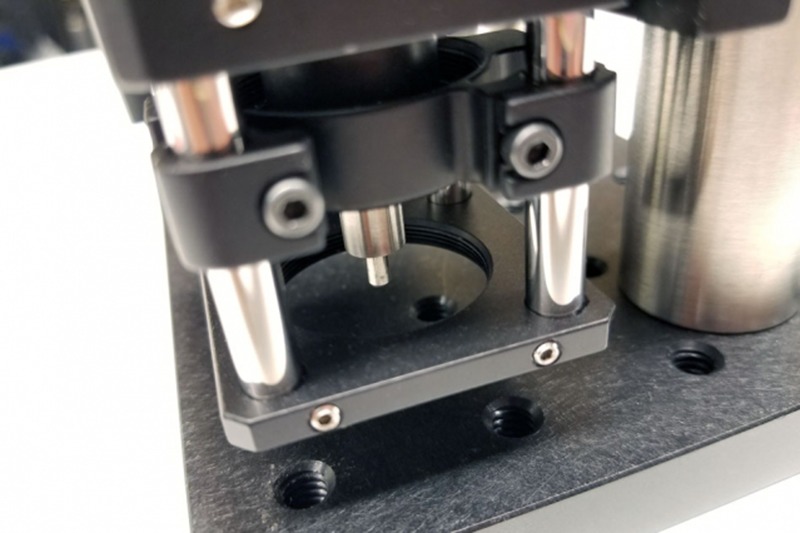
People with diabetes need to endure painful needle pricks several times a day to check their blood sugar levels. However, studies have shown that more than half of patients don’t test often enough, in part because of the pain and inconvenience associated with the procedure.
Read more American Diabetes Association Recognizes Use of Autonomous AI for Diabetes Care
Raman spectroscopy is a non-invasive alternative to needle pricks. It reveals the chemical composition of tissue, such as skin, by shining near-infrared light on it. MIT scientists have now taken an important step toward making this technique practical for patient use: They have shown that they can use it to directly measure glucose concentrations through the skin. Until now, glucose levels had to be calculated indirectly, based on a comparison between Raman signals and a reference measurement of blood glucose levels, reports Anne Trafton in MIT News.
“Today, diabetes is a global epidemic,” says Peter So, a professor of biological and mechanical engineering at MIT. “If there were a good method for continuous glucose monitoring, one could potentially think about developing better management of the disease.”
Raman spectroscopy can be used to identify the chemical composition of tissue by analyzing how near-infrared light is scattered, or deflected, as it encounters different kinds of molecules.

Researchers say, further development of the technology is needed before the Raman-based system could be used to monitor people with diabetes. They now plan to work on shrinking the device, which is about the size of a desktop printer, so that it could be portable, in hopes of testing such a device on diabetic patients.
“You might have a device at home or a device in your office that you could put your finger on once in a while, or you might have a probe that you hold to your skin,” So says. “That’s what we’re thinking about in the shorter term.”
In the long term, they hope to create a wearable monitor that could offer continuous glucose measurements, MIT News report says.
Read more Artificial Intelligence and Radar Technologies to Measure Blood Glucose
Sung Hyun Nam of the Samsung Advanced Institute of Technology in Seoul is also a senior author of the study, which appears today in Science Advances. Jeon Woong Kang, a research scientist at MIT, and Yun Sang Park, a research staff member at Samsung Advanced Institute of Technology, are the lead authors of the paper.











